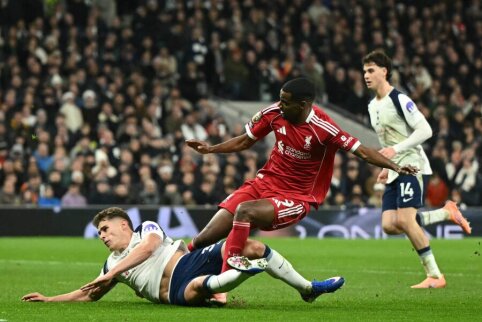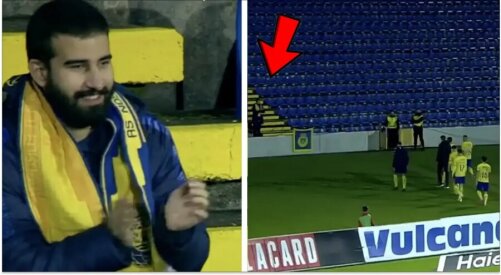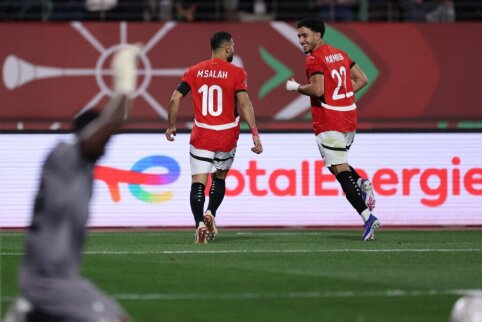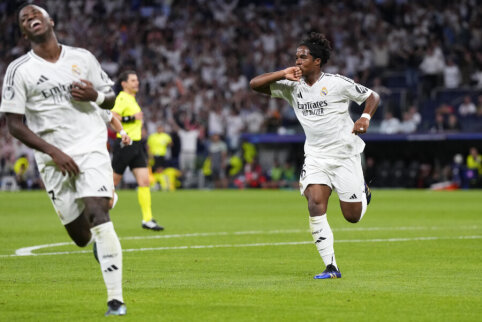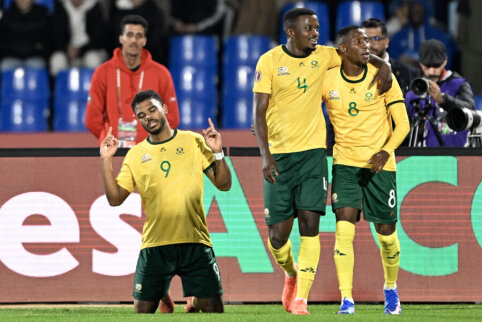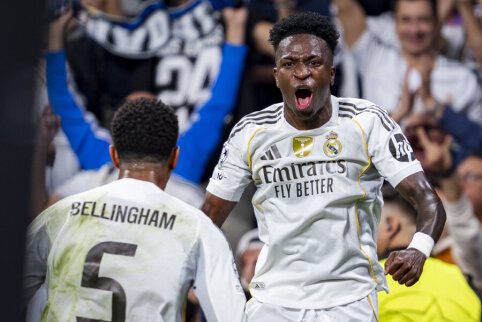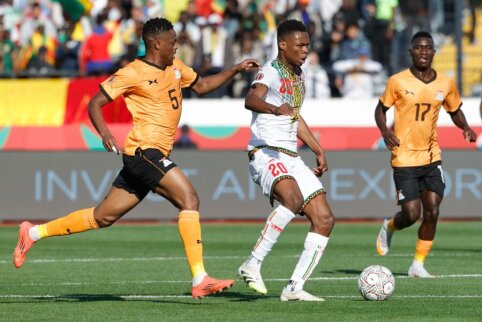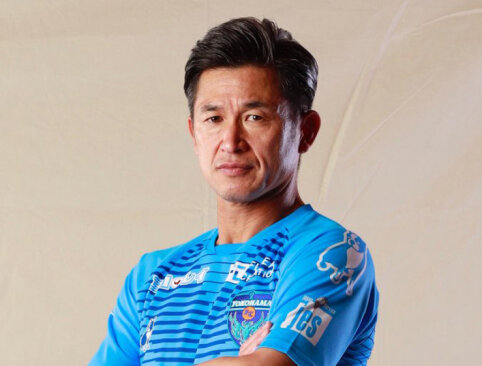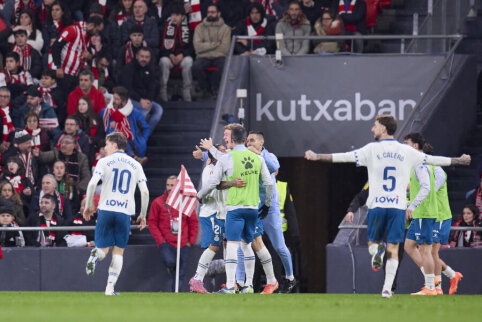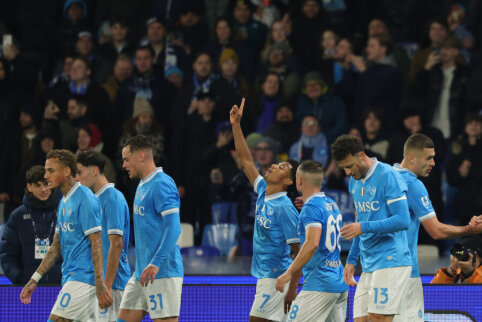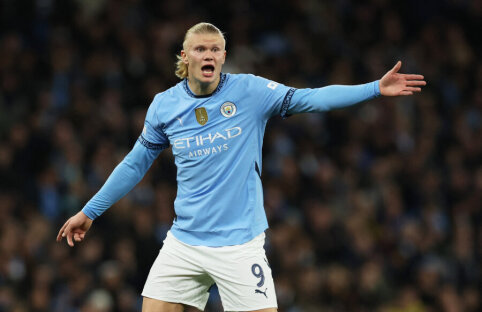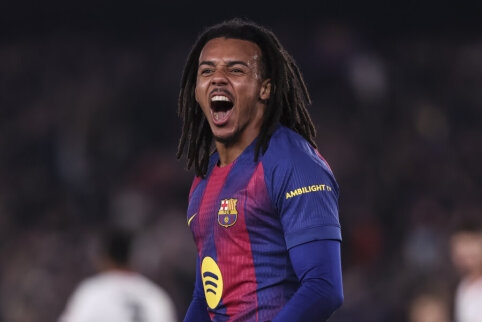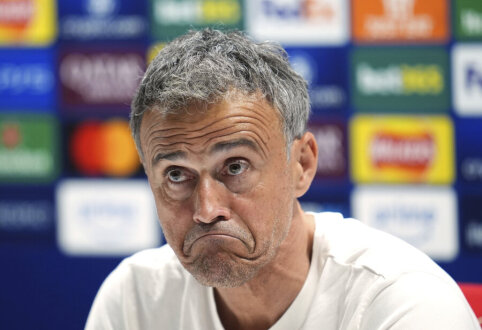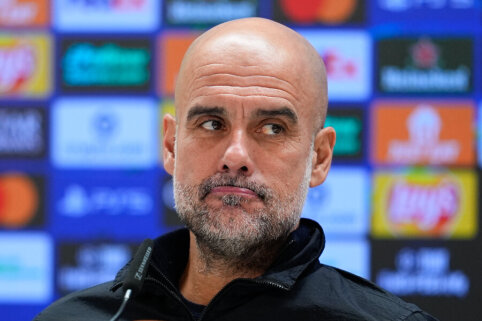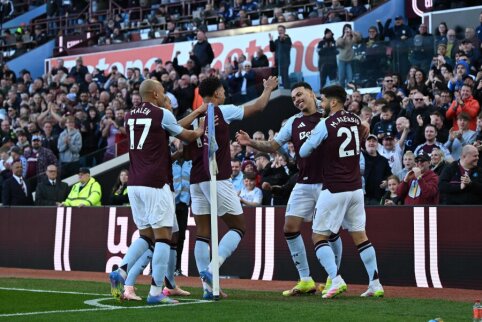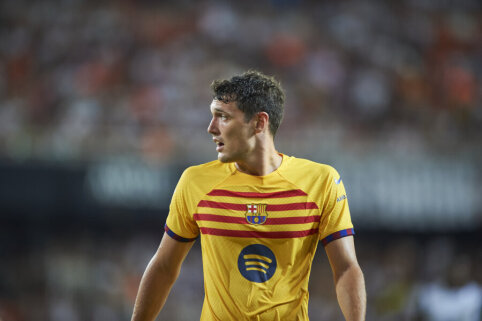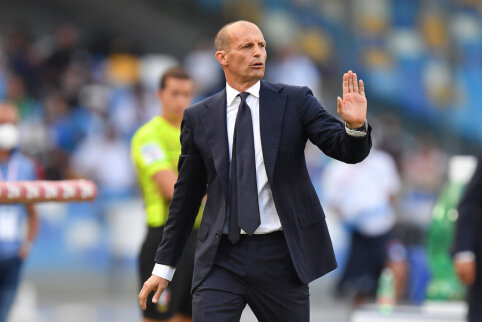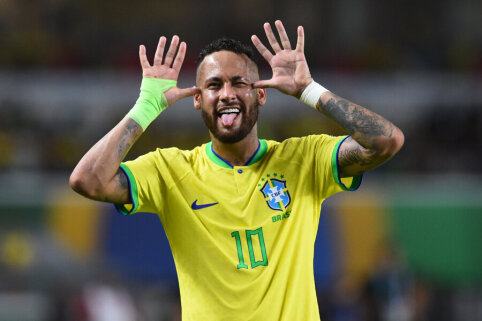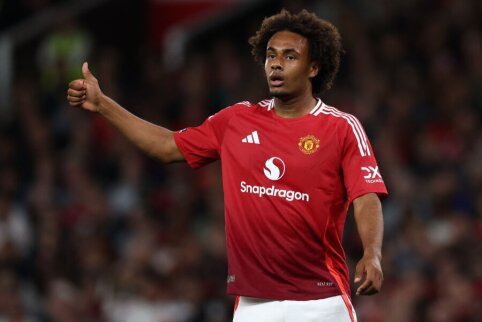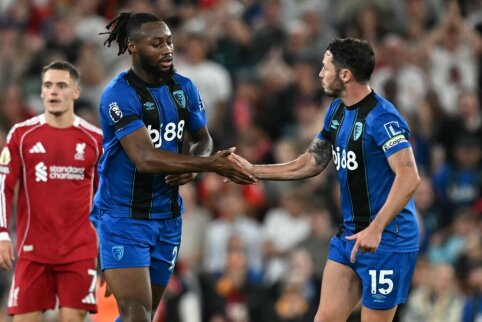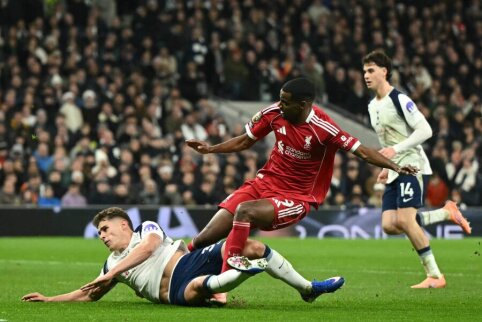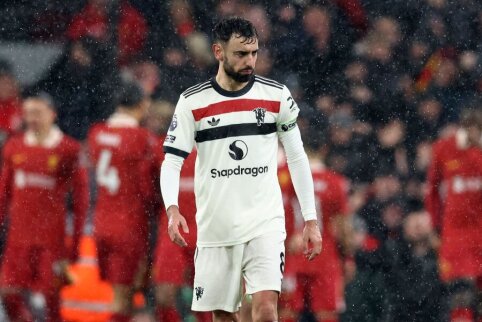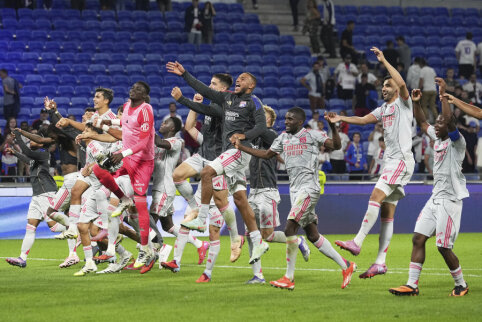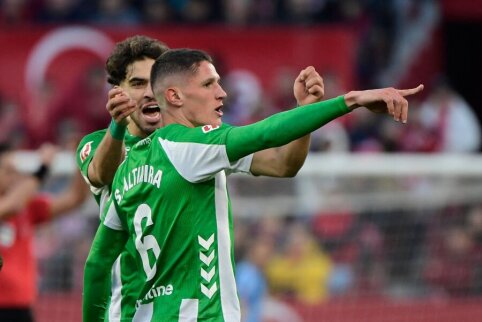 © EuroFootball.com
© EuroFootball.com
E
The author of the article invites fans of various teams not only to be interested in the latest news from football fields but also to examine the activities of their favorite club's ultras and perhaps continue such an article series.<\p>
Currently, an article about "Barcelona" ultras "Boixos Nois" is being prepared.<\p>
Get to know: Ultras<\p>
History. Origins of Hooliganism and the Birth of Ultras<\p>
The ultras movement (or simply ultras) is described as fanatical and uncompromising devotion to a chosen sport (usually football) club. Indeed, this boundless devotion often takes on hooliganistic, extreme, sometimes even extremist or racist, nuances.<\p>
Hooliganism itself is known in human history since the sixth century of our era. In the Byzantine capital of Constantinople in 532, chariot races between the "greens" and the "blues" teams took place. Clashes between their supporters led to week-long riots. The result of the first hints of hooliganism was tragic - 30,000 people died.<\p>
In modern history, the word "hooligan" originates from the end of the 14th century with the notorious criminal from Ireland named Patrick Hooligan. Another version is that this word may have come from the name of a gang of street bandits in Islington, London, called "Hooleys."<\p>
True football ultras, compared to simple street hooligans or robbers, are like babies in age.<\p>
It is said that the first ultras groups began to form in Italy in the second half of the 20th century. At that time, some clubs in the country, seeking to attract as many fans as possible, reduced ticket prices for certain sectors of the stadium.<\p>
These tribunes became the first strongholds of ultras. Fans did whatever they wanted there - painted with their colors, covered with flags, and screamed the names of their revered players. Crazy with love for their beloved club, supporters bought tickets only to their chosen stadium sector and defended that territory by all means from any outsiders.<\p>
The ultra culture also has its norms of behavior and specific features that distinguish true ultras from ordinary team supporters.<\p>
Ordinary fans who visit the stadium are sarcastically called simply "armchair fans."<\p>
The behavior of the most loyal and true ultras during matches is described in four main points: 1) never sit during matches, 2) always chant and sing at the top of their lungs, the match result - doesn't matter, 3) travel with the team to all its away matches, regardless of price and distance, 4) always be in the "Curva" at the home stadium, i.e., usually in the curved section behind the goal where the club's ultras always gather.<\p>
Within ultra groups, there is usually a strict hierarchy - a group (club) leader, a person authorized to communicate with the club management, a treasurer, fans responsible for chants during matches, a vocalist, people responsible for making and distributing club merchandise, members responsible for relations with other club allies, for spreading information (usually on the internet, in e-newsletters, posters). Many ultra clubs openly admit to assembling aggressively-minded football hooligans, who on match day usually turn into an uncontrollable guard that sweeps everything in its path.<\p> Portugal Panteras Negras (Sporting Lisbon) Super Dragões (FC Porto) No Name Boys (Benfica) Germany Ultras Frankfurt UF97 (Eintracht) Ultras Duisburg (Duisburg) Commando Cannstatt 97 (Stuttgart ) Suptras Rostock (Hansa) Ultras Dynamo (Dynamo Dresden) Chosen Few HH (Hamburger) Poptown (Hamburger) Ultras Hannover (Hannover) Ultras MG (Mönchengladbach)<\p>
Italy, Spain, and England. When the stands are full of monkeys...<\p>
Racism in football can undoubtedly be called another form of expression for ultras. Often, fans with extreme neo-Nazi views insult the players of the opposing team due to their different skin color.<\p>
At the end of last year, Inter Milan hooligans in Sicily, with their endless monkey-like howls, led defender Marco Zoro out of patience. The black footballer simply lost his composure in the stadium, took the ball, and headed for the exit. He still finished the match. Zoro was persuaded to stay on the field by his team and opponents.<\p>
England<\p>
Stafford End (Manchester United)<\p>
The Kop (Liverpool)<\p>
North Bank (Arsenal)<\p>
Gwladys Street (Everton)<\p>
Argentina<\p>
La Doce (Boca Juniors)<\p>
Los Borrachos del Tablón (River Plate)<\p>
Los Diablos Rojos (Independiente)<\p>
La No 1 (Racing Club)<\p>
La Gloriosa (San Lorenzo)<\p>
La Pandilla (Velez Sarsfield)<\p>
Brazil<\p>
Gaviões da Fiel (Corinthians)<\p>
Mafia Azul (Cruzeiro)<\p>
Raça Rubro Negro (Flamengo)<\p>
Torcida Jovem (Santos)<\p>
Young Flu (Fluminense)<\p>
Italy<\p>
Boys Roma Ultras 1972 (Roma)<\p>
Ultras Romani (Roma)<\p>
Tradizione Distinzione (Roma)<\p>
Offensiva Ultras (Roma)<\p>
S.P.Q.R (Roma)<\p>
Drughi (Juventus)<\p>
Arditi (Juventus)<\p>
Fossa dei Leoni (Milan)<\p>
Brigate Rossonere (Milan)<\p>
Commandos Tigre (Milan)<\p>
Banda Noantri (Lazio)<\p>
Irriducibili (Lazio)<\p>
Sparuta Minoranza (Lazio)<\p>
Boys S.A.N (Internazionale)<\p>
Ultras Tito (Sampdoria)<\p>
Collectivo Autonomo Viola (Fiorentina)<\p>
Hooligans Teddy Boys (Udinese)<\p>
Friulani Al Seguito (Udinese)<\p>
Nord Kaos (Udinese)<\p>
Spain<\p>
Boixos Nois (Barcelona)<\p>
Frente Atlético (Atlético)<\p>
Ultras Sur (Real)<\p>
Biris Norte (Sevilla)<\p>
Ligallo Fondo Norte, Colectivo 1932 (Zaragoza)<\p>
England<\p>
Drum Beat Mafia (Livingston)<\p>
Jungle Bhoys (Celtic)<\p>
Red Ultras (Aberdeen)<\p>
The Blue Order (Rangers)<\p>
Germany<\p>
Ultras Frankfurt UF97 (Eintracht)<\p>
Ultras Duisburg (Duisburg)<\p>
Commando Cannstatt 97 (Stuttgart )<\p>
Suptras Rostock (Hansa)<\p>
Ultras Dynamo (Dynamo Dresden)<\p>
Chosen Few HH (Hamburger)<\p>
Poptown (Hamburger)<\p>
Ultras Hannover (Hannover)<\p>
Ultras MG (Mönchengladbach)<\p>
